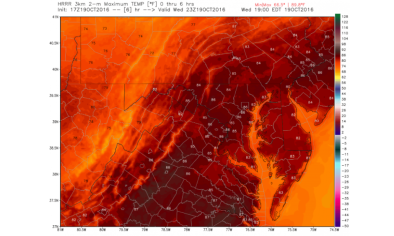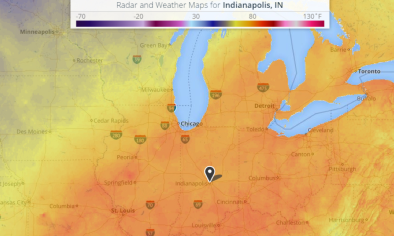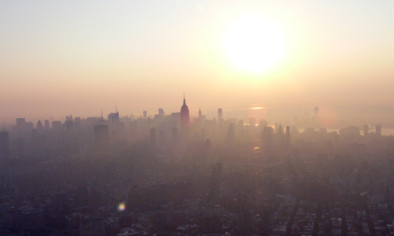Science Source
Projected changes of extreme weather events in the eastern United States based on a high resolution climate modeling system
- This study is the first evaluation of dynamical downscaling using the Weather Research and Forecasting (WRF) Model on a 4 km × 4 km high resolution scale in the eastern US driven by the Community Earth System Model version 1.0 (CESM v1.0)
- Examines the global and regional climate model results, and corrects an inconsistency in skin temperature during the downscaling process by modifying the land/sea mask
- In comparison with observations, WRF shows statistically significant improvement over CESM in reproducing extreme weather events, with improvement for heat wave frequency estimation as high as 98%
- Uses the fossil fuel intensive scenario Representative Concentration Pathway (RCP) 8.5 to study a possible future mid-century climate extreme in 2057–9
- Finds that both the heat waves and the extreme precipitation in 2057–9 are more severe than the present climate in the Eastern US
- Finds that the Northeastern US shows large increases in both heat wave intensity (3.05 °C higher) and annual extreme precipitation (107.3 mm more per year)
- Finds that Cleveland has it the worst, with a heat wave temperature increase of 3.71°C by Philadelphia (3.69°C)
Related Content
Headline

Oct 19, 2016 | Washington Post
Temperatures surge into upper 80s, setting records in D.C. region
Headline

Oct 19, 2016 | USA Today
What happened to fall? More heat records set Wednesday
Headline

Oct 19, 2016 | Indiana Public Media
Monday Sets New Record High Minimum Temperature
Headline

Oct 19, 2016 | Elite Daily
It's Never Been This Hot In October Before, And It's Only Going To Get Hotter


